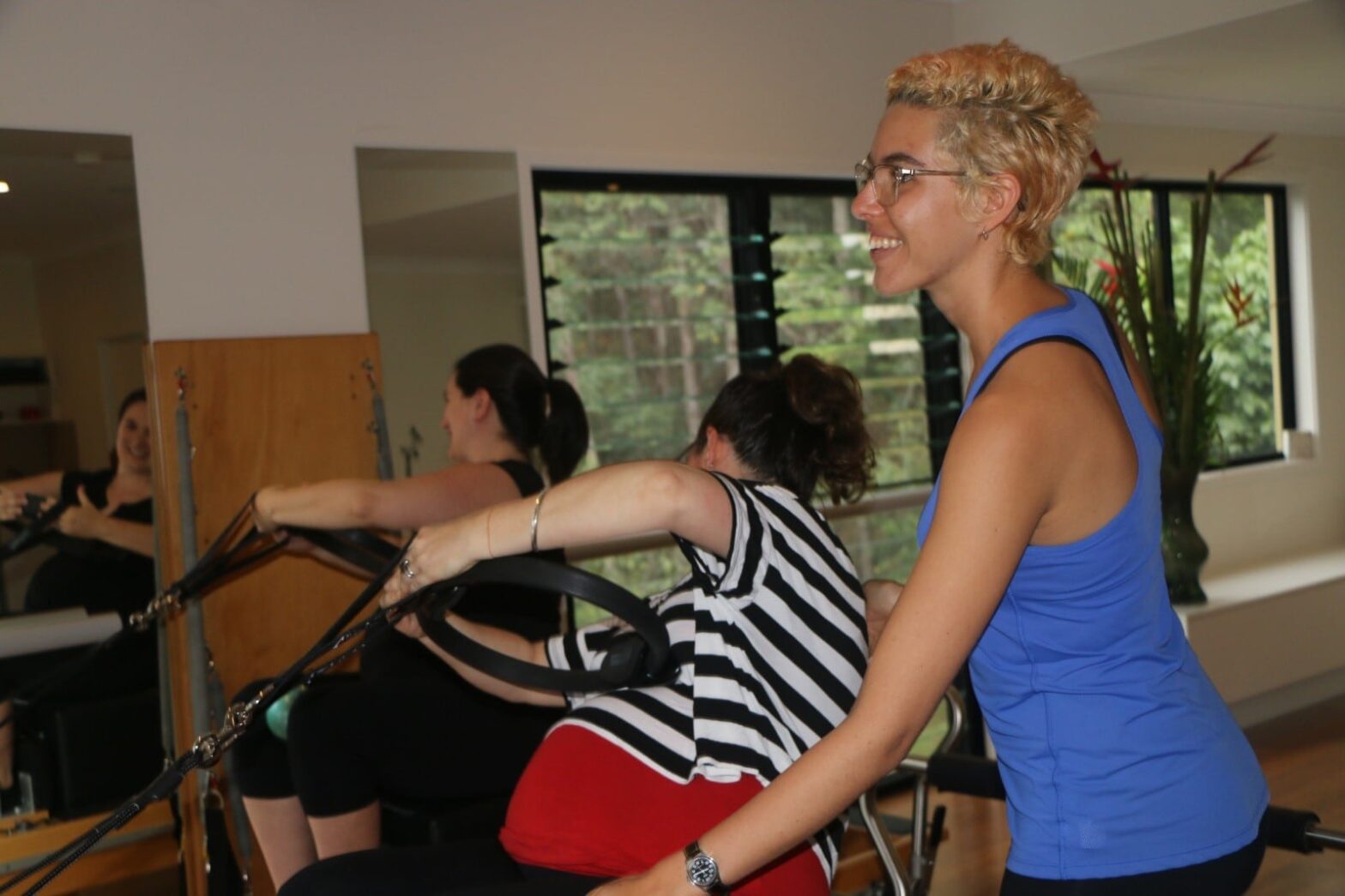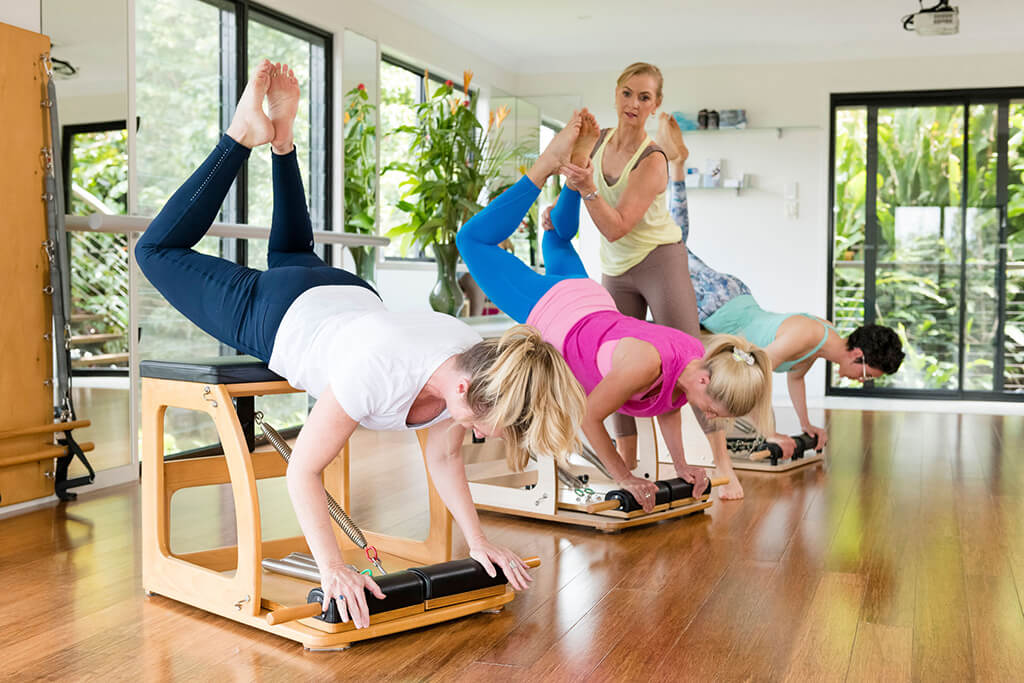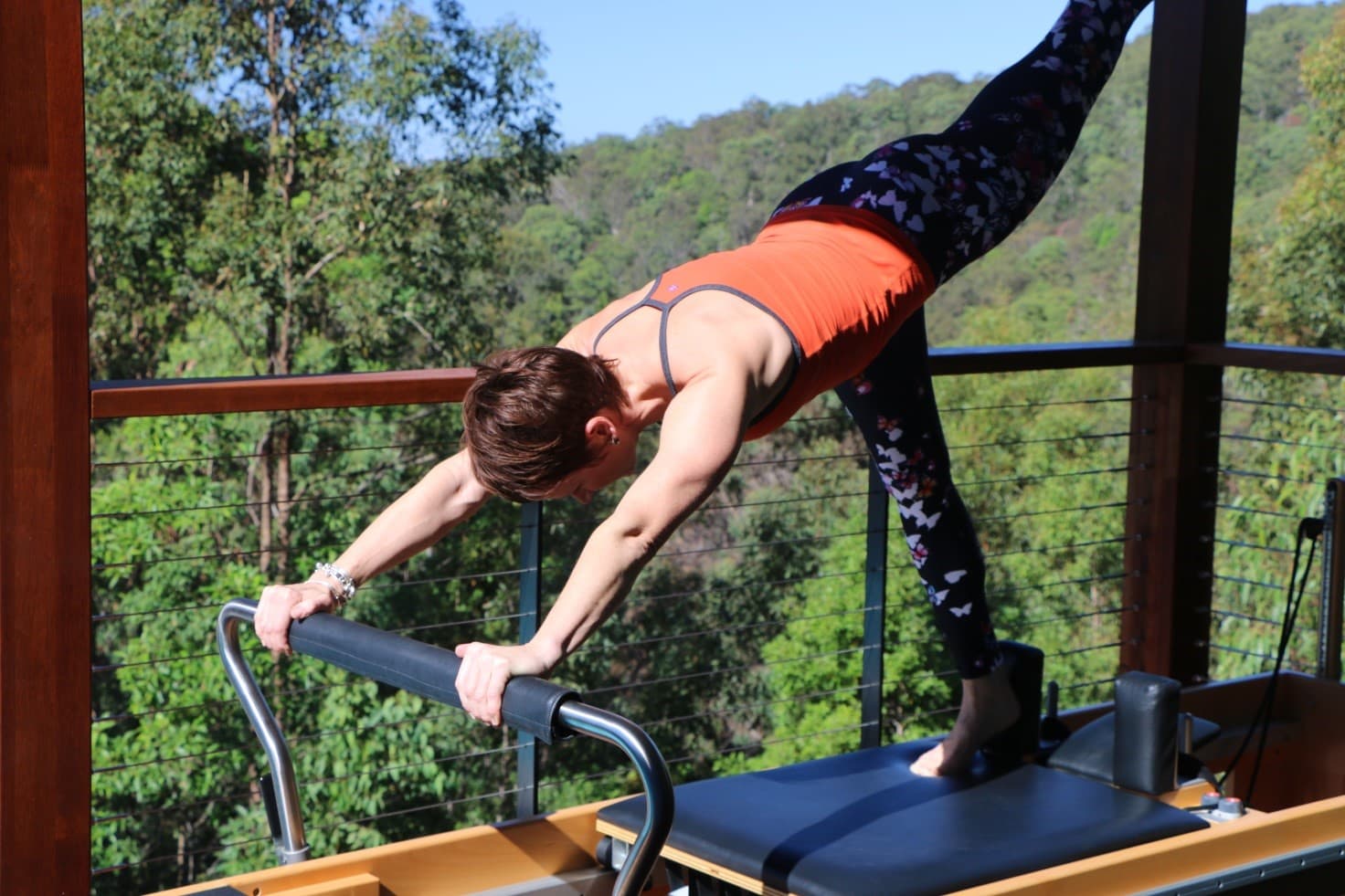
Pilates Instructor Requirements
Posted on July 20, 2019 by adminThe requirements for becoming a Pilates Instructor depend greatly on what kind of instructor you wish to become. Some level of qualification is highly recommended for every tier of the professiona, however, there are varying degrees of both the quality of the coursework and the length of time required to study the course of your choice.
Are there any prerequisites to study Pilates?
There are generally no prerequisites for the study of Pilates if you intend to start at the Certificate IV level. Ideally though, your body should be fit, healthy and capable of reaching a highly competent level with the Pilates repertoire.
Although you don’t need to be the fittest or the best at Pilates to start an instructor training course, you will, however, make an example when you are in front of your clients, and therefore many instructors have to make a point to set aside personal practice time!
While you are learning to be a Pilates Instructor you will definitely need to be able to demonstrate at least a few repetitions of each exercise in the repertoire included within your qualification, so fitness is important and also being willing to learn new and exciting exercises is part of the process.
We also recommend that practicing Pilates yourself for some time before starting to study is always beneficial (although not entirely essential), so that you will hopefully already be familiar with some of the principles of Pilates.
Lastly, having language, literacy and numeracy skills sufficient to understand anatomy & physiology terms, pathology terms and the ability to communicate with clients and other Allied Health professionals is a must. While the ‘language’ of movement is universal, the terms that are used in anatomy and physiology often come from Greek and Latin- so be prepared for some words that are not entirely familiar in day-to-day English.
Once you are confident that you meet the entry requirements, next is to decide which course you wish to undertake.
Which Pilates Instructor Training is right for me?
A Pilates Instructor may hold a range of qualifications:
- Group reformer. This qualification is arguably the least regulated of all the current offerings within the Pilates industry. In many of these ‘courses’, the Pilates repertoire is taught ‘in house’ by fellow staff members who may (or may not) have any qualifications themselves. While this can be an easy ‘on the job’ training for new staff members, it is always advisable to ask about WHO is running the ‘in house’ training, what their qualifications are and what sort of outcome or certification you will get at the end of the training programme. Many of these ‘in house’ training programmes are simply an array of exercises to be performed (which you will be asked to memorise), to be delivered to groups of 7+ clients by one instructor with little to no regard of pre-existing conditions. There, are, however, some courses that are more in-depth than others so it definitely is a good idea to ensure that the instructor will be delivering enough knowledge of the body for you as a student to deliver any of your classes in a safe manner.
- Certificate IV Level Pilates Instructor. The title of a course like this suggests that the training is Government Accredited and therefore you (as the student) will have some assurances that the instructor should know the entire Pilates matwork repertoire with regressions, progressions and variations to the exercises taught. The trainer should at least have the same Qualification that they are teaching you (ie the trainer should have a Certificate IV level Qualification already) and also they should have a Certificate IV in Training and Assessment. This will assure you, as the student, that the trainer has the skills necessary to assess you as you undertake your training. At this level, you should expect a course that will impart to you knowledge of the correct Pilates breathing and a solid grasp of anatomy, physiology and pathologies. This qualification may also include some basic Pilates equipment such as Magic circle, Foam Roller and other small apparatus exercises depending on the course.
- Diploma of Pilates. As well as everything described about the Certificate IV level qualification, a Diploma qualified instructor should also know all aspects of the equipment repertoire, covering the Reformer, Cadillac, Barrel and Wunda Chair. The training program should also go more in-depth to cover anatomy and pathology knowledge, enabling a graduate to work alongside a Physiotherapist or any other Allied health practitioner for rehabilitative purposes as well as being able to work with pre and postnatal clients.
- Advanced Diploma of Pilates. As a postgraduate course, an Advanced Diploma would have all the content and depth as the Certificate IV and Diploma level courses and would also delve further into the rehabilitative applications of the Pilates method and the management of chronic pain, neurological conditions, musculoskeletal injuries and cancer. Some courses may also offer various forms of Somatic therapies such as Hanna Somatics, a sensory-motor training technique that marries very well into the advanced Pilates practice
The pros and cons of each of these options should be weighed against what you hope to get out of a career or job in the Pilates industry. Once those considerations have been made, you are ready to embark on your exciting new journey into the world of movement and rehabilitation. We highly recommend that you contact any training provider directly and ask them questions about where their previous graduates have found employment or what other successful outcomes they have experienced. The goal of any programme is to equip graduates with the skills and knowledge that they need- so go get yours!
Latest Blog Post

Certification Pathways for Pilates Instructors in Australia
If you have a passion for Pilates and are considering becoming a qualified instructor, it’s important to understand the various certification pathways available in Australia. As a government-accredited training provider, Tensegrity Training is well-positioned to guide you on your journey to becoming a professionally recognised Pilates teacher. There are generally two main qualifications that Pilates …
Continue reading “Certification Pathways for Pilates Instructors in Australia”

How To Become a Pilates Teacher in Australia: Your Ultimate Guide
Looking at A Career In Pilates Teaching? So, you love pilates and would like to become a qualified pilates teacher? Let’s help you get started as it can be quite confusing with all the options available. With the right guidance and qualifications tou can turn your passion into a rewarding career as a pilates …
Continue reading “How To Become a Pilates Teacher in Australia: Your Ultimate Guide”

Pilates for runners
Running is popular and accessible form of exercise for many people of all ages. However, runners can be at risk injury due to poor technique and therefore prone to developing pain or discomfort as a result of muscle imbalance or uneven gait cycles. Due to the high impact nature of running, preexisting injuries, weaknesses, imbalances, …


